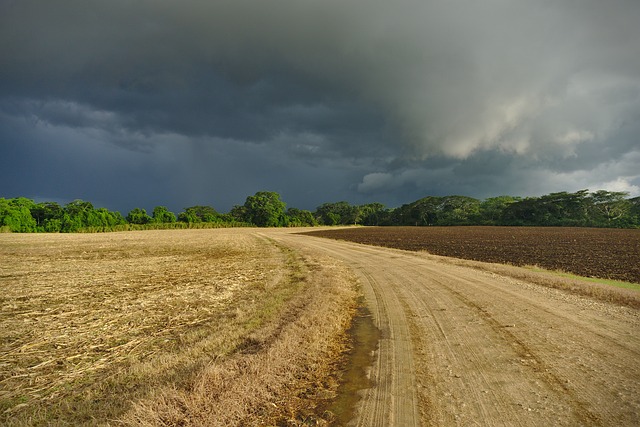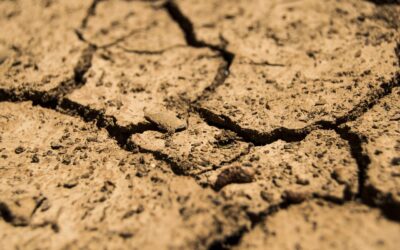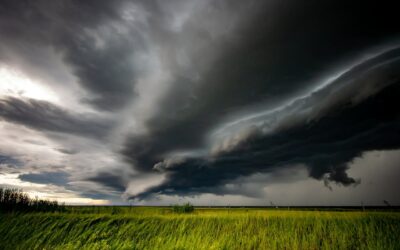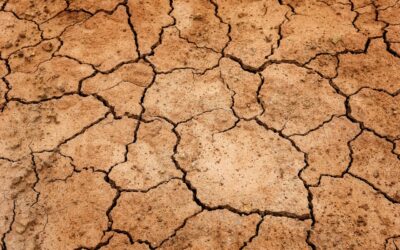How the Alberta Climate Information Service (ACIS) can help producers make informed decisions during the growing and harvest seasons.
“Weather tends to be our most common – and all consuming – subject of discussion no matter where you go in Alberta,” says Harry Brook, crop specialist at the Alberta Ag-Info Centre. “In agriculture, weather is the most important factor in determining the success of a growing season.”
“Alberta Agriculture and Forestry has a very useful and valuable weather program on our website, called Alberta Climate Information Service (ACIS).”
The service is a network of close to 400 weather stations around the province reporting weather conditions in near, real-time.
“It may be no better at predicting future weather than any other website, but it has detailed information on the weather just past and even back all the way to 1961,” he explains. “There should be a weather station within 20 miles (32 km) of your farm, no matter where you are in the province.”
Elements covered by this network include accumulated and recent precipitation, extreme and average temperatures, relative humidity, wind speeds and directions, solar radiation, snow depth, soil temperature at 4 different depths and soil moisture as a percentage of field capacity.
“With this information you can also compare them to long-term averages,” he explains. “Despite the general feeling we haven’t had a summer, most of the province has experienced a summer with heat accumulations very close to long-term averages.”
In addition to those features notes Brook, there is a large amount of data on long-term average for air temperatures, maximums and minimums, growing degree days at base 0 C, 2 C and 5 C, and frost probabilities in 1 degree increments from 0 C to -5 C.
“For people interested in temperatures, there is even a wind chill index. There is also a huge collection of maps for the province for drought indices, fire danger, precipitation, soil moisture and temperature.”
ACIS can also access current weather radar and local forecasts. It includes detailed moisture information for Southern Alberta through Irrigation Management Climate Information Network (IMCIN), which helps with irrigation decisions.
“So, how can you use all this information? Let me tell you,” says Brook. “Soil moisture and temperatures are useful to predict when soils should be ready to start seeding and to decide if moisture is sufficient to allow germination. Temperatures and wind speeds can help to decide when it is safe to spray pesticides or to help diagnose the possibility of spray drift.”
“ACIS also includes a fusarium head blight risk map. Using the preceding weather conditions, it can predict the likelihood of fusarium establishing in your vicinity, and it can help with timing for any fungicide application. Plans are also underway to develop insect pest prediction maps for some of our most damaging insect pests.”
Brook adds that growing degree days, potato heat units and corn heat units for localities are useful when estimating if various crops can be successfully grown.
“As well, these average numbers combined with frost probabilities are useful tools to estimate whether there is enough time left in the growing season for a crop to mature.”
“The big, expensive question on most producers’ minds currently is when will a killing frost occur,” he adds. “Using long-term averages you can get a probability for anywhere from a -1 C to a -5 C frost. For Stettler, a -3 C frost is at 50% probability on October 2. If you wonder if frost occurred in your area overnight, there are weather condition maps showing temperature, 24-hour low temperature, 24-hour high temperature, dew point, wind speeds, humidity and incoming solar radiation. With all this weather information, the practical application of this information is only limited by your imagination. Agriculture lives and dies by the weather and this program provides many useful tools for agriculture and beyond.”
“Knowledge is power. You may not actually be able to predict the future weather, but with the information available to you on ACIS, you can use that information to make informed guesses. You can’t control the weather, but you can work with it.”
To access ACIS go to http://www.weatherdata.ca/. ACIS also features a mobile site for smart phone users.
Source: Alberta Ag





